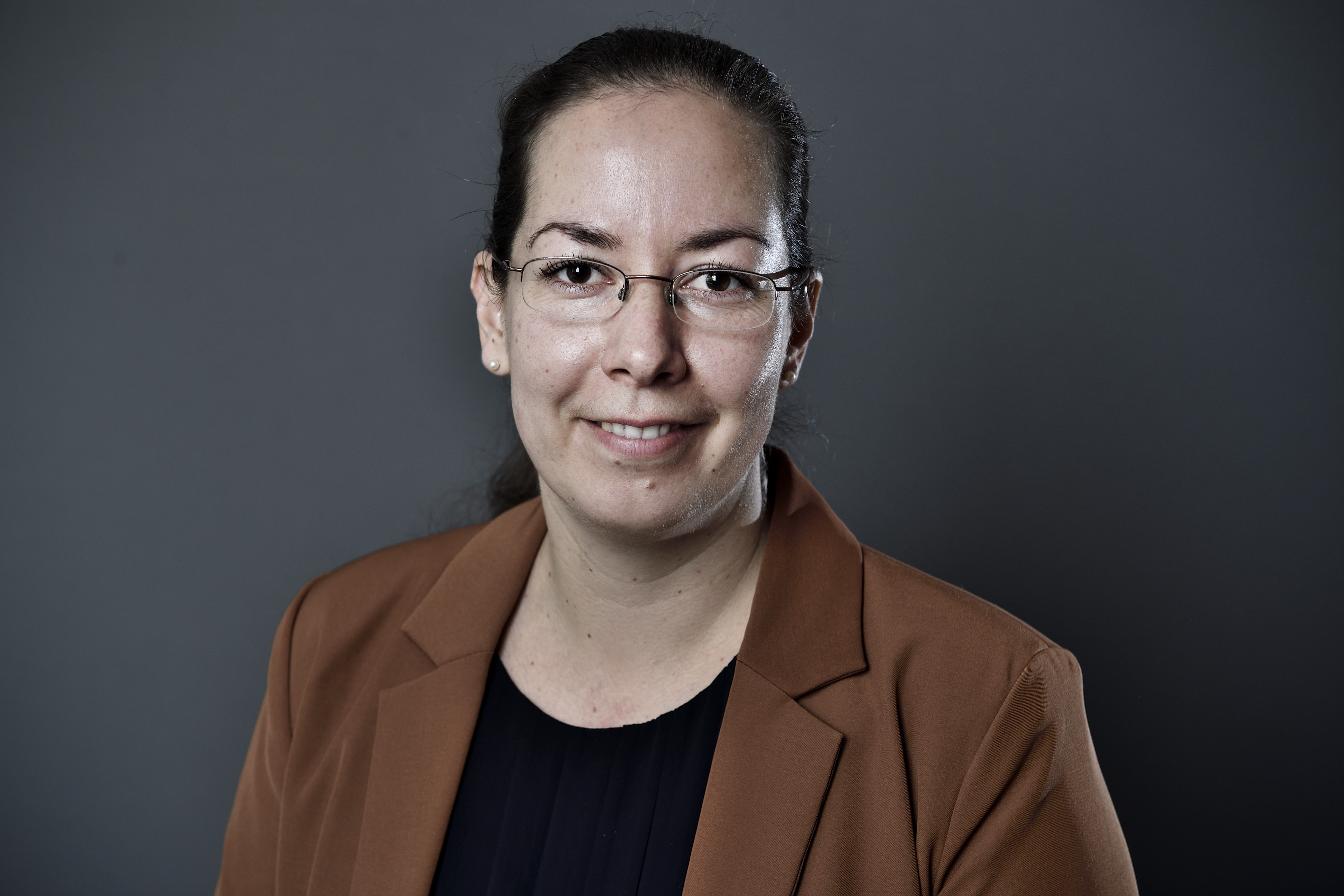Astrid Eichhorn
Research leader

Project title
Fundamental building blocks of nature
What is your project about?
“What are the constituents of matter?” “What is the microscopic structure of space and time?” These questions have motivated foundational research throughout history, and today I believe we can come close to answering them by applying the mathematical version of a microscope to zoom in on the fundamental constituents of matter and spacetime. The world that we uncover at the tiniest imaginable scales is shaped by the effects of quantum physics, and it intertwines the microstructure of the fabric of our universe with the properties of elementary particles. My project aims at zooming in on this fascinating microscopic world to uncover the structure of the fundamental building blocks, and then zoom out again to connect the microscopic picture to observations at larger scales.
How did you become interested in your particular field of research?
In secondary school, I became fascinated by the images that the Hubble space telescope had taken. I was curious to understand the building blocks of our universe and therefore started to study physics. This curiosity to understand the world around us at its most fundamental level has driven me ever since and has landed me in fundamental physics. For me, it is a tremendously exciting challenge to try to figure out the fundamental building blocks of nature and get a glimpse at the inner workings of nature.
What are the scientific challenges and perspectives in your project?
The key challenge in this field is that we aim at understanding the structure of the natural world at distances which are too tiny for our current experimental technology to reach. Thus, we need new ideas on how to learn about the microscopic building blocks of nature, and I use the mathematical version of a microscope in order to zoom in on them. In this way we can develop mathematical theories of the building blocks of nature, including the microstructure of spacetime - the fabric of our universe. Yet, how do we test such a theory experimentally? A key hypothesis I will explore is that elementary particles carry measurable imprints of their interaction with the microstructure of spacetime. The properties of elementary particles can thus provide us with clues about the microstructure of the fabric of our universe.
What is your estimate of the impact, which your project may have to society in the long term?
This research aims at improving our understanding of the fundamental structure of the world around us. The fascinating questions about the inner workings of nature also find their way into teaching and education, and can contribute to inspire future generations of scientists.
Historically, fundamental science has sometimes become a driver of novel technologies in very unexpected ways - for instance the GPS uses Einstein's theory of relativity. Ultimately, it is one of the exciting things about fundamental research that we can never really guess where it will lead us.
Which impact do you expect the Sapere Aude programme will have on your career as a researcher?
After moving to Denmark earlier this year, the Sapere Aude programme now enables me to accelerate the development of my research programme at SDU by enabling me to start a research team at CP3-Origins at SDU. My vision is for this research team to become the nucleus of a thriving, innovative and dynamic research hub in quantum gravity at SDU.
View all research leaders here
Research institution
University of Southern Denmark, Faculty of Science, Department of Physics, Chemistry and Pharmacy, CP3-Origins
Research field
Theoretical Physics
City of your current residence
Odense
